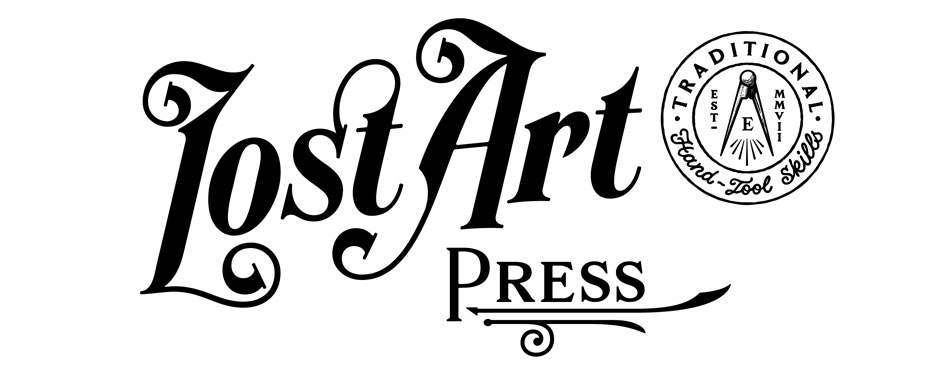When I was laying the foundation of my mechanical fame and fortune running a bolt cutter in the Rock Island shops at Chicago a year or two ago, I boarded in a house filled with locomotive engineers and firemen. A practice prevailed there of enlivening the supper table with social conversation, and the locomotive being in the majority the leading theme of talk was stupendous feats performed in getting over certain hills without doubling.
This was occasionally varied by the record of minor incidents such as the exploit performed by Tom Jones when the 96 broke her rocker arm, how narrowly Dick Swiveller escaped from having his checks called in when the 124 broke her side rod running down Valley Hill, and how Harry Walbrandt whooped up the 92 to make a passing point, and just got clear into the side track when the Chicago limited showed up.
George Dorwart, who ran a lathe in the shop, sat opposite me at the table, and he got tired of being excluded from the conversation. He became ambitious to hear himself talk in that crowd. One evening catching on in a lull of the talk he called out loudly to me: “Well, I went over and saw that machine to-day, and it is astonishing the fine work it does.”
“How does it work?” I inquired.
“Well,” said he, “by means of a pedal attachment, a fulcrumed lever converts a vertical reciprocating motion into circular movement. The principal part of the machine is a disc which revolves rapidly on a vertical plane. Power is applied through the axis of the disc, and when the speed of the driving arbor is moderate, the periphery of the machine is traveling at great velocity. Work is done on this periphery. Pieces of the hardest steel are by mere impact reduced to any shape the skillful operator desires.”
“What in thunder is the machine any way?” demanded Tom Jones.
“Oh, it is a new grindstone,” replied George, and a silence that could be felt passed round the supper table.
The Old Man.
American Machinist – December 15, 1883
—Jeff Burks






